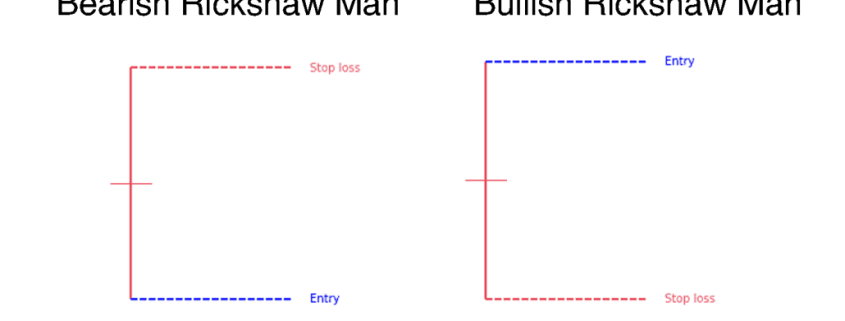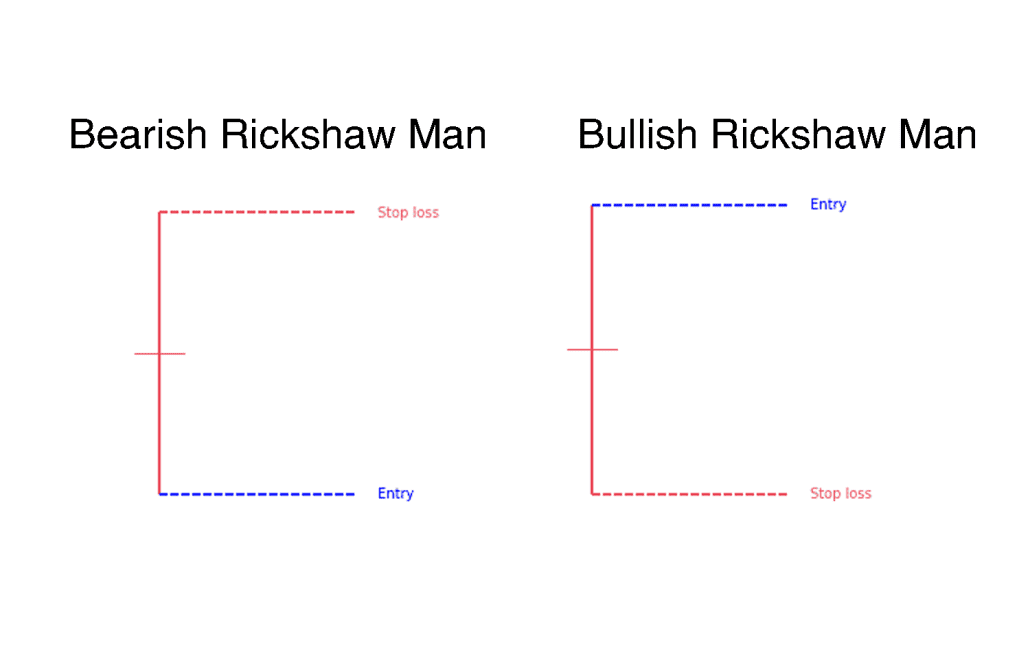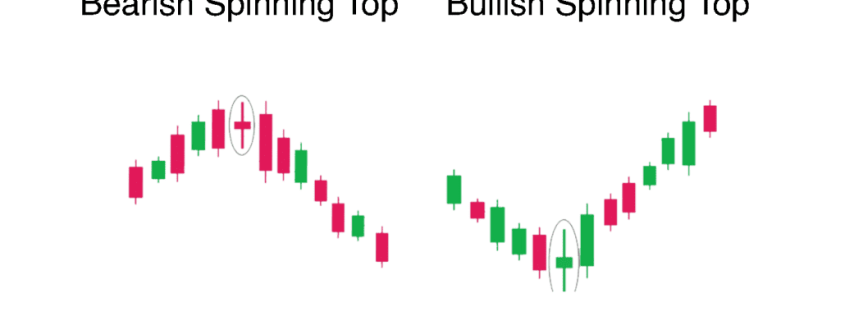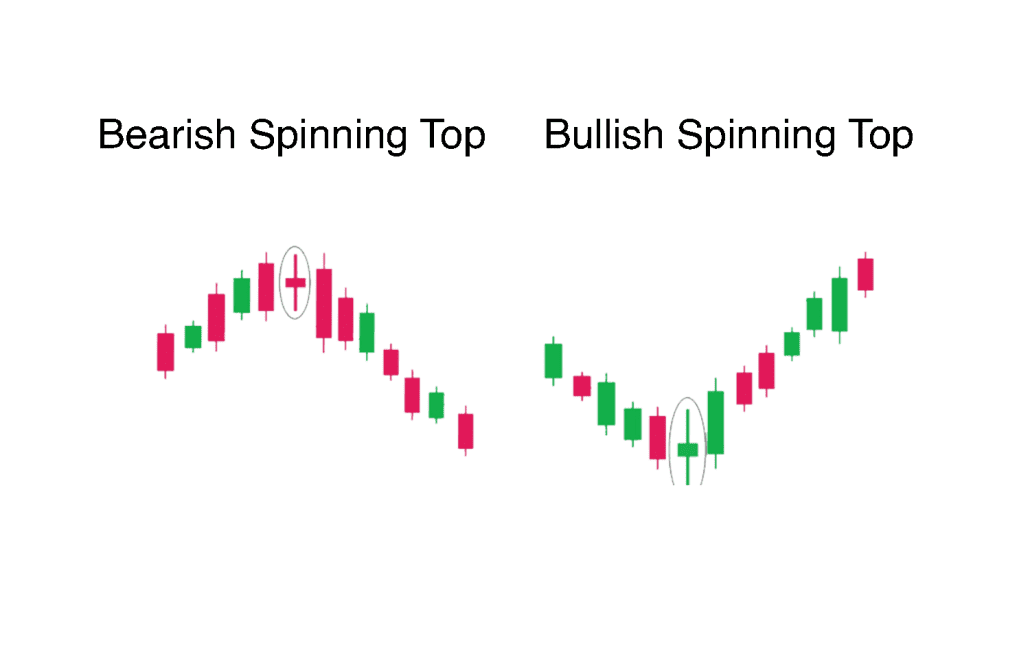What Is a Tri-Star?
A tri-star is a three-line candlestick pattern that can signal a possible reversal in the current trend, whether it is bullish or bearish.
Understanding the Tri-Star
The tri-star pattern forms when three consecutive doji candlesticks appear at the end of a prolonged trend.
The first doji indicates indecision between the bulls and the bears.
The second doji gaps in the direction of the prevailing trend, while the third doji changes the market’s sentiment after the candlestick opens in the opposite direction of the trend.
The shadows on each doji are relatively shallow, signaling a temporary reduction in volatility.
A single doji candlestick is an infrequent occurrence, often used by traders to suggest market indecision.
However, having a series of three consecutive doji candles is extremely rare, but when discovered, the severe market indecision usually leads to a sharp reversal of the given trend.
Traders can use stock market scanning software to help them locate the pattern.
The tri-star pattern can also signal the reversal of downward momentum when it forms at the end of a prolonged downtrend.
Trading the Tri-Star Pattern
The following example assumes the tri-star pattern forms after an uptrend:
– Entry: Traders could place a sell stop-limit order just below the third doji candle’s low. This entry confirms that the market is moving in the trader’s intended direction. Entering the market when the third doji candle closes may suit aggressive traders. This entry allows traders to set a tighter stop but does not confirm the trend.
– Stop: The high of the second doji is the top of the tri-star pattern and a logical place for a stop-loss order. Aggressive traders could set their stop above the high of the third doji, but this risks getting stopped out by minor price spikes.
– Exit: A profit target could be set using a multiple of the initial risk taken. For example, if a trader uses a $2 stop loss, they could place an $8 profit target. Traders might also use a certain retracement of the trend that precedes the tri-star pattern to take profits. For example, profits may be taken if prices retrace 10% of the previous move.
Tri-Star Support and Resistance Considerations
Ideally, the tri-star pattern should form near a significant support or resistance level to increase the probability of a successful trade.
Support and resistance might come from a horizontal price level, a key moving average, or a psychological round number.
For instance, the high of the second doji may intersect with the 200-day moving average.
At the completion of the tri-star pattern, traders can also look for divergence between an indicator and price to confirm that the prevailing trend is losing momentum.
Concluding Thoughts
The tri-star pattern is a rare and significant candlestick formation that can signal a strong potential reversal in the market’s trend.
Whether it appears at the end of an uptrend or downtrend, the pattern’s rarity and the clear indication of market indecision make it a powerful tool for traders.
However, due to the infrequency of its occurrence, it is crucial to use the tri-star pattern in conjunction with other technical analysis tools and indicators to confirm the reversal and make informed trading decisions.
Proper risk management, including well-placed stop losses and profit targets, is essential when trading based on this pattern.
The Synapse Network is our dedicated global support team, including event managers, research teams, trainers, contributors, as well as the graduates and alumni from all our previous training program intakes.





